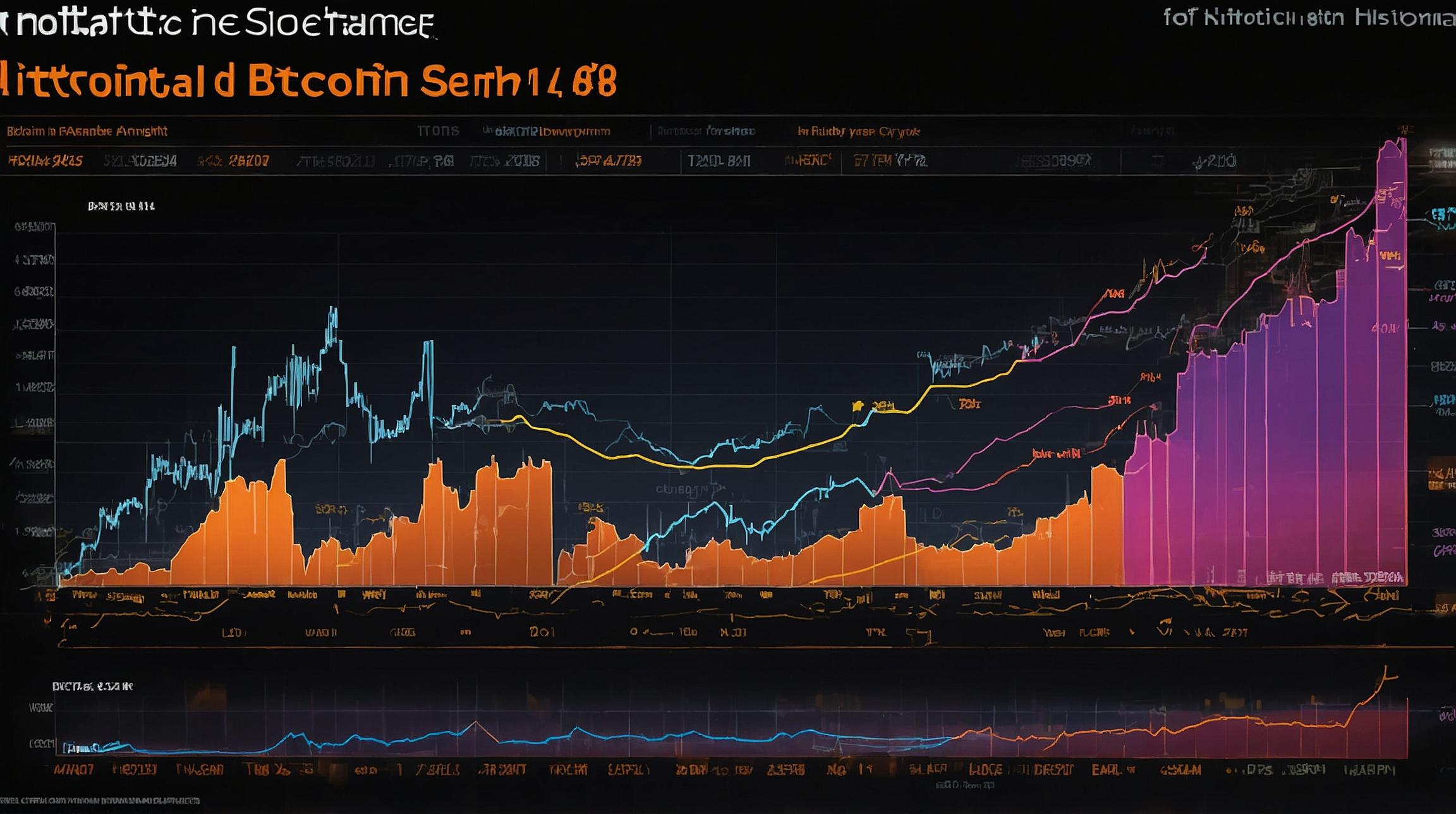Closed-End Funds Are Making a Comeback as Investors Seek Attractive Valuations
Closed-end funds (CEFs), similar to phonograph records, are experiencing a resurgence in popularity among investors. Despite being largely ignored in recent years in favor of more modern investment structures such as open-ended mutual funds and exchange-traded funds (ETFs), CEFs are now attracting attention again for their attractive valuations. These funds trade at historic discounts, providing investors with the opportunity to buy assets for less than their actual value. The discounted prices result in higher yields, making CEFs an appealing investment option for those seeking income. Additionally, CEFs often utilize leverage, further enhancing their yield potential.
CEF’s Present an Opportunity for High-Yield Bond Investors
Investors looking for high-yield options should consider switching from high-yielding money-market funds to CEFs, specifically municipal bond closed-end funds. These funds not only offer higher yields but also trade at substantial discounts to their net asset value (NAV), making them an attractive investment option. In anticipation of future rate cuts by the Federal Reserve, CEFs have not yet adjusted their asset values, providing investors with a unique opportunity to acquire assets at a lower price before a potential increase in value.
Recommendations from Leading Portfolio Managers
Portfolio managers Stephen O’Neill and David Tepper highlight several CEFs that they find particularly attractive due to their discounted prices and higher yields. O’Neill recommends the BlackRock MuniYield fund, which is trading at a significant discount and yielding 5.85%. Tepper, on the other hand, suggests considering muni funds such as Abrdn National Municipal Income and BNY Mellon Strategic Municipals, which offer slightly lower yields but trade at even deeper discounts.
Equity CEFs that Generate Extra Income Through Call Options
Equity CEFs that generate additional income by selling call options have become increasingly popular amongst investors. Tepper advises caution when considering the highest-yielding equity CEFs or those trading at a premium. Instead, he recommends Gabelli Dividend & Income Trust, Ellsworth Growth & Income (managed by Gabelli), and Abrdn Total Dynamic Dividend and Abrdn Global Dynamic Dividend. These funds trade at discounts and offer attractive yields.
Term Trust CEFs Offering the Potential for Yield Enhancement
Term trust CEFs are designed to return the NAV at a specified date and often trade at discounts. O’Neill points out the value in funds such as First Trust High Yield Opportunities 2027 Term and Blackstone Senior Floating Rate 2027 Term. These funds trade at discounts and have the potential to recoup those discounts over time, ultimately boosting their yields.
CEF’s Offer Potential Upside as the Fed Shifts to Easing Mode
All of these CEFs share the common characteristic of attractive valuations resulting from the negative impact of past Fed rate hikes, which widened their discounts. As the Fed moves towards easing, these funds stand to benefit as the process plays in reverse, potentially providing significant upside for investors.
Analyst comment
Positive news: Closed-End Funds (CEFs) are making a comeback as investors seek attractive valuations. CEFs trade at historic discounts, providing higher yields and making them appealing for income-focused investors. CEFs are presenting an opportunity for high-yield bond investors as they trade at substantial discounts to their net asset value. Leading portfolio managers recommend specific CEFs that offer attractive yields and trade at discounts. Equity CEFs generating extra income through call options and term trust CEFs also offer yield enhancement potential. As the Fed shifts to easing mode, CEFs stand to benefit, potentially providing significant upside for investors.
As an analyst, I believe the market for Closed-End Funds will experience increased interest and investment. The attractive valuations, higher yields, and potential for upside as the Fed eases will likely drive more investors to consider CEFs as an investment option.













